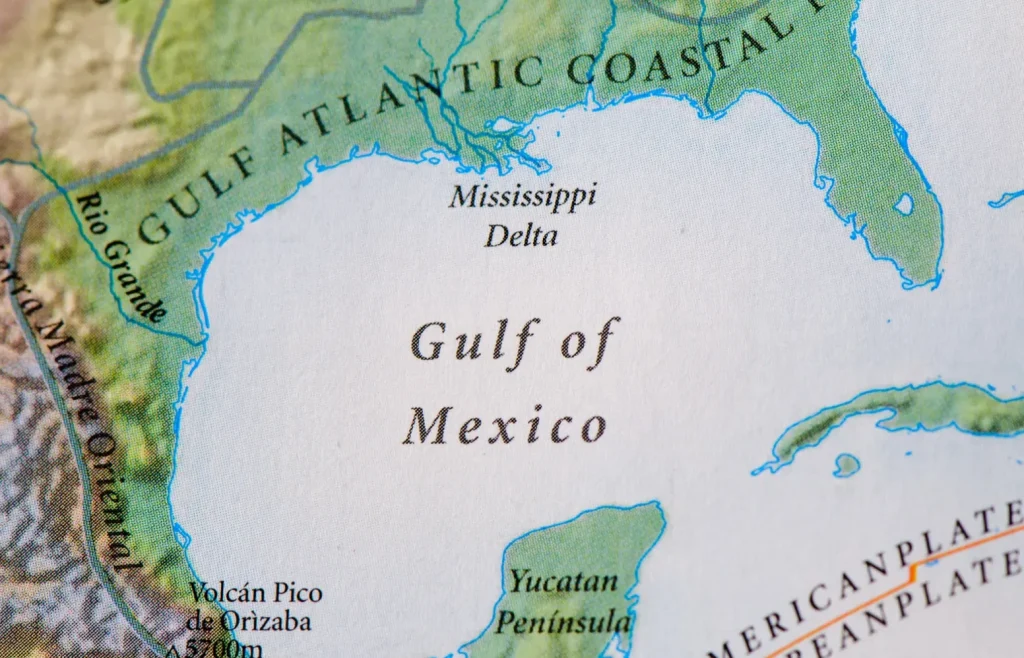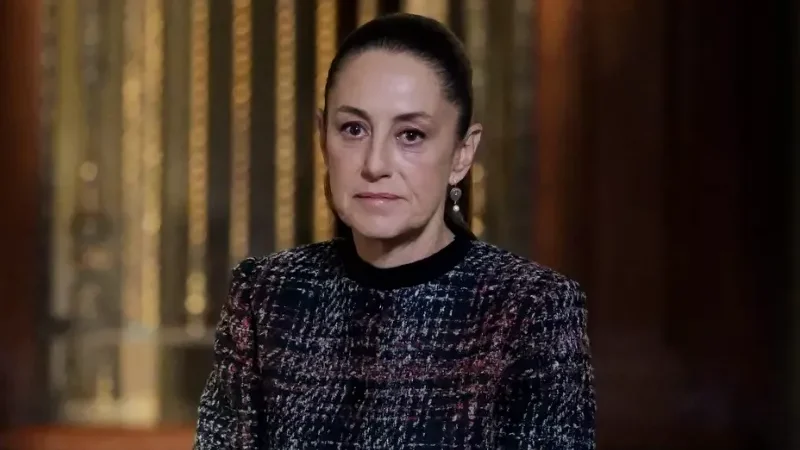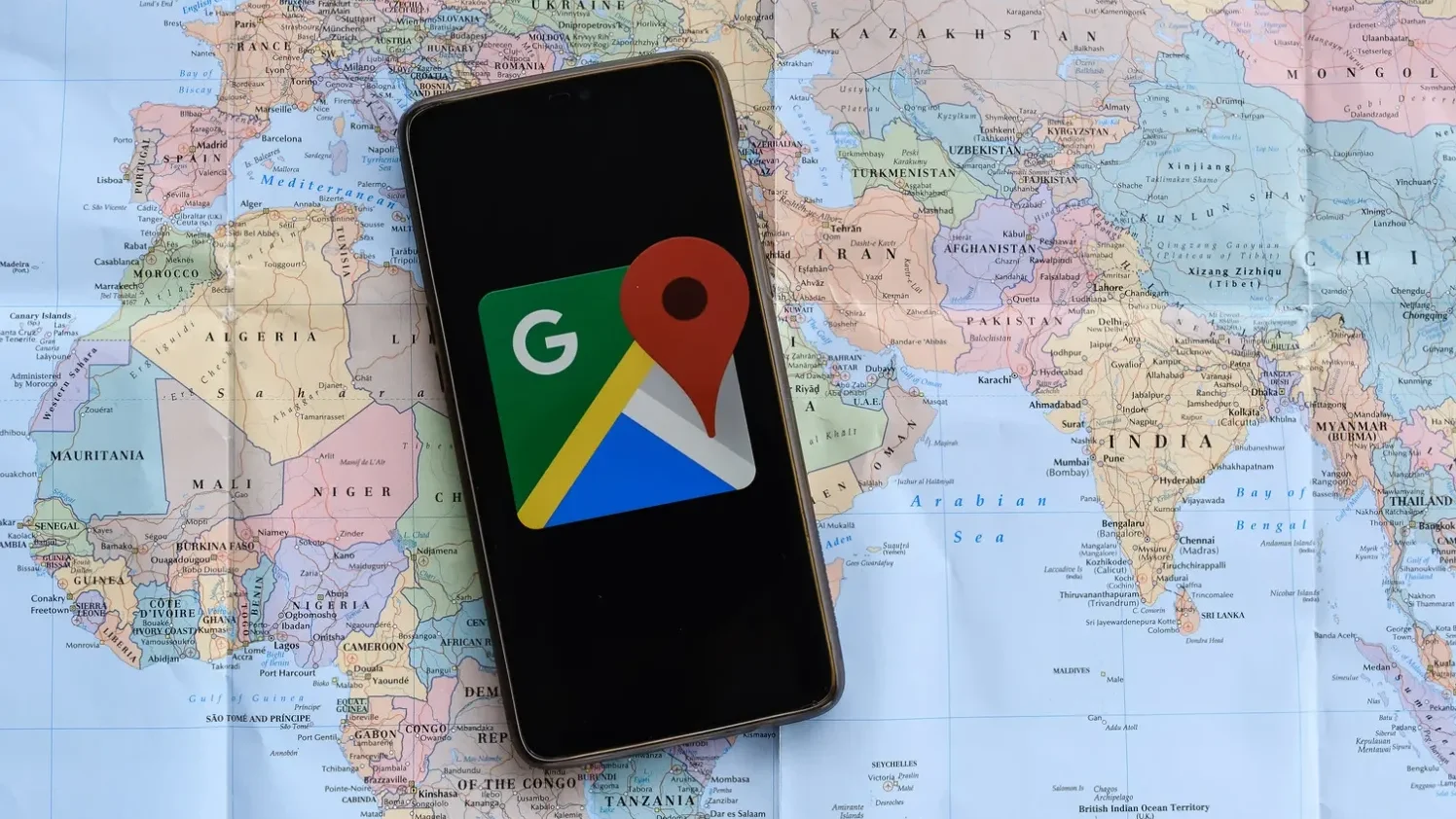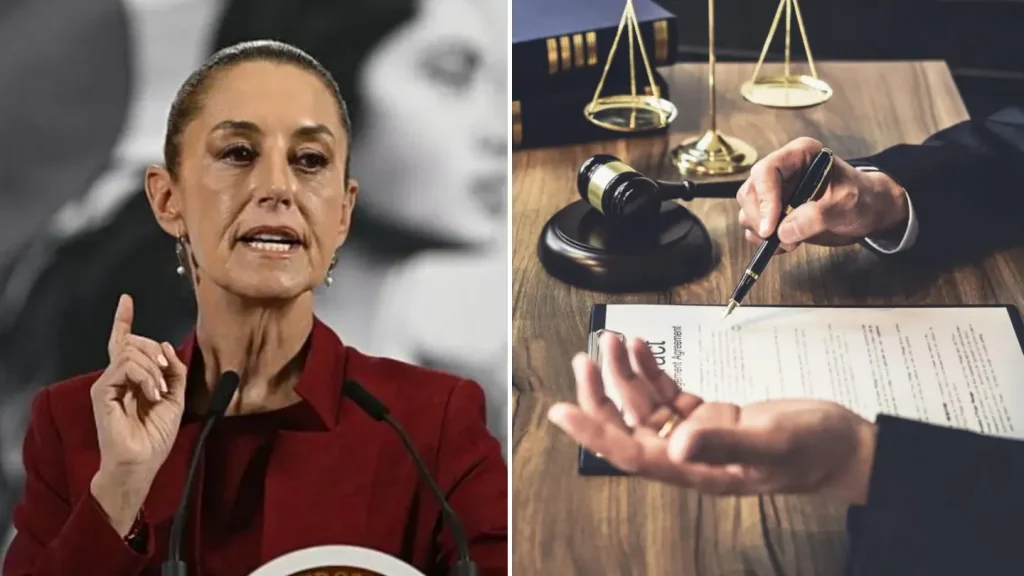Tensions between two North American neighbors have escalated in an unexpected battleground: digital maps.
A quiet but highly controversial change on Google Maps has sparked diplomatic outrage after users in the United States began noticing that the historically recognized “Gulf of Mexico” had been renamed to the “Gulf of America.”
While the alteration initially flew under the radar, Mexican authorities were quick to respond and they’re not backing down.
Mexico has now filed a formal lawsuit against Google, accusing the tech giant of enabling a politically motivated and internationally unauthorized rebranding of a major geographic region.
The move has since ignited debates around sovereignty, international law, and the growing influence of digital platforms in shaping global narratives.

Though the change on Google Maps first appeared subtly, the reasoning behind it is far from subtle.
According to reports, the renaming traces back to an executive order signed earlier this year by former U.S. President Donald Trump, who had previously toyed with outlandish geopolitical ideas from renaming hurricanes to suggesting the purchase of Greenland.
This time, his directive called for the Gulf to be renamed “Gulf of America,” citing patriotic rebranding and regional pride.
While largely dismissed by critics as symbolic, the order has found traction in some corners of Washington. On Thursday, the U.S. House of Representatives passed a bill enforcing the name change across all federal agencies and maps, though the bill is expected to be blocked in the Senate due to bipartisan opposition.
Still, the ripple effect has reached beyond Capitol Hill.

“The lawsuit has already been filed,” Mexican President Claudia Sheinbaum confirmed to reporters on Friday. “We warned Google not to implement the change, but they went ahead anyway.”
She declined to specify which court will handle the case or reveal details about the legal strategy, but emphasized that the situation is being treated with the utmost seriousness.
Mexican officials argue that the U.S. has no legal right to unilaterally rename an international body of water, particularly one with centuries of established treaties and historical recognition.
The Gulf of Mexico’s boundaries were defined as far back as the 16th century, appearing in naval charts and international agreements across Latin America and Europe.
In response to the mounting backlash, Cris Turner, Google’s Vice President of Government Affairs, stated in a letter to Sheinbaum:
“Our policy is to reflect recognized naming conventions impartially. We acknowledge there may be political sensitivities, but we do not take sides.”

But critics aren’t buying it. Sheinbaum fired back publicly, saying:
“If they get to rename the Gulf, maybe we should rename the United States ‘América Mexicana.’ That sounds nice, no?”
Sheinbaum further highlighted the absurdity by referencing an 1814 maritime document using a similar term, framing it as a sarcastic jab at what she called “U.S. historical revisionism.”
What’s more, the Associated Press was reportedly barred from White House access after refusing to adopt “Gulf of America” in its reporting, escalating tensions between the media and the executive office. Despite a court order, access has not been restored.
Adding fuel to the fire, digital users began noticing the change and launched a meme frenzy, mocking the update and questioning its validity. On many devices, U.S. users now see “Gulf of America,” Mexican users still see “Gulf of Mexico,” and some global users are shown both names blended awkwardly.
Experts believe the case could set a powerful precedent in how digital platforms are held accountable for political cartography.
“This isn’t just about a name,” one international policy analyst noted. “It’s about who controls digital geography and who gets to decide what the world looks like.”

Behind closed doors, sources say Mexico is weighing economic retaliation and international arbitration through the United Nations. As the legal process unfolds, the outcome could reshape not just Google’s mapping policies, but also the limits of political influence over digital platforms.
For now, the Gulf in question remains caught between two names, two nations, and a courtroom battle that might decide whether truth on the map belongs to governments or algorithms.
Feature Image Credit: (Canva Pro)


